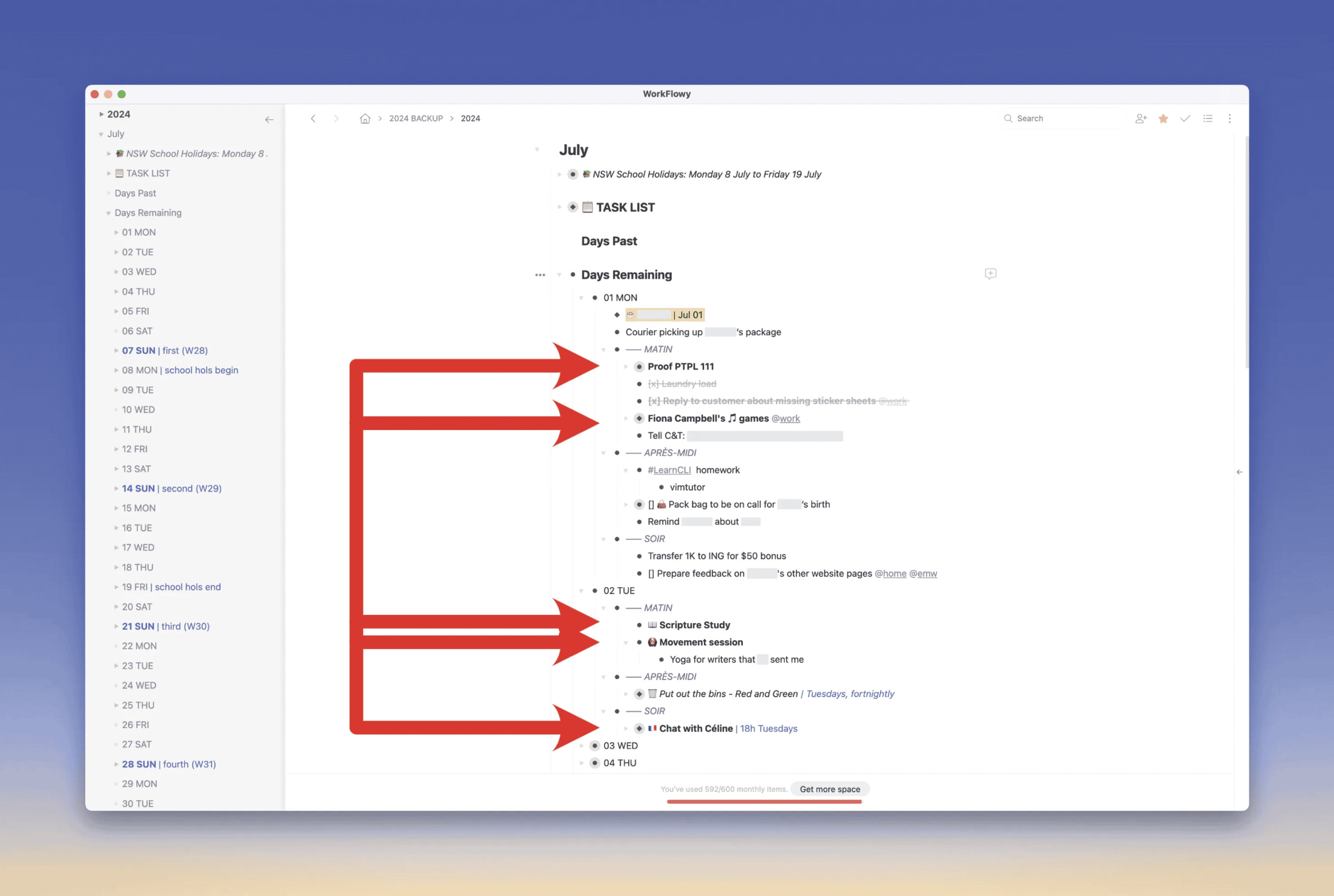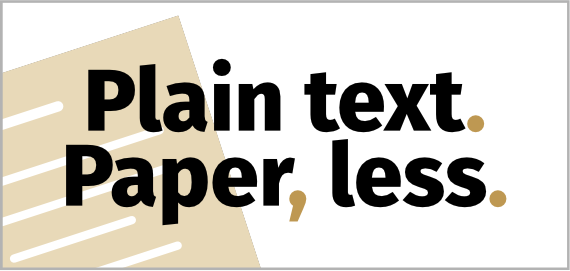This week I talk about how applying Geet Duggal’s Frontier time blocking method to my text-calendar is helping me focus, and share a video that perfectly expresses how I’m feeling as I dive into Vim.
I collect time management systems the way some people collect books. Rather than following someone else’s system, I take bits from here and bits from there, putting them together to meet my current needs. Next month’s approach might look entirely different, and I’m more than okay with that.
Geet Duggal’s Frontier Time Blocking Method (Medium article) is a recent addition to the shelf. In the third of a 3-part series he suggests dividing planned tasks into either Sacred or Frontier territory.
David Allen considers the calendar as “sacred territory” — if it’s in the calendar, it gets done.
Appointments are one thing, but what about things you want to block time for, that ought to be flexible? I can set down when I’d like to do certain things, but I can’t control the future events that might derail those plans.
The latter category becomes the Frontier —
…a space where you can imagine possible futures. Events here are events that you will likely complete at some point, but you haven’t necessarily committed to them. As time progresses you have the freedom to play and make these decisions. — Geet Duggal

Regular time blocking always felt too rigid for my liking. I’d end up straying so far from those pretty coloured blocks that I’d lose heart, and quickly abandon the practice.
Defining things as Sacred or Frontier makes sense. Appointments and most important tasks are Sacred, while everything else becomes Frontier, flowing around the Sacred.
Geet’s article goes into detail on this, as well as interesting concepts like the positive side of anxiety and the value of the retrospective view. I recommend reading it if you have a Medium account (I’m still holding out hope that Geet will publish elsewhere as well, sans paywall! His stuff is really good).
During the past few days I’ve applied these concepts to my text-calendar , differentiating the Sacred from the Frontier by making the former bold. So simple! Thus far it’s proving effective in highlighting what’s vital, and what I can shape and shift and mould as circumstances change.
Johnny Decimal is teaching me the command line. He welcomes input on the way he’s demystifying this baffling super power, so feel free to join in the conversation on the Fediverse.
I mentioned last week that my aim was to learn how to edit a text document, and here I am, doing just that! Johnny rightly pointed out that there’s no need to access my text files via the command line (and he’s right) but I see what I’m doing here as attaching a practical outcome to the learning of a skill.
I’d already learned how to quickly zip around lines in a document in read-only mode with the j and k keys, so the pico editor, requiring a modifier key and new shortcuts, was frustrating.
I took the initiative to replace pico with vim, because it seems more efficient to learn 1-letter commands rather than commands that need a modifier. I feel like 7-year-old Sophie in the video above having fun driving a big truck I don’t yet have a license for! I don’t need this skill for my day-to-day activities. It’s more a way to get familiar with what’s under the hood of the self-driving car I’d come to take for granted.

Sign up to receive the latest content in your inbox
 PTPL 110 · How to Easily Type macOS ⌘ Modifier Keys
PTPL 110 · How to Easily Type macOS ⌘ Modifier Keys
 PTPL 112 · Organise Your Stuff— Alternatives to Bartender and Hazel
PTPL 112 · Organise Your Stuff— Alternatives to Bartender and Hazel